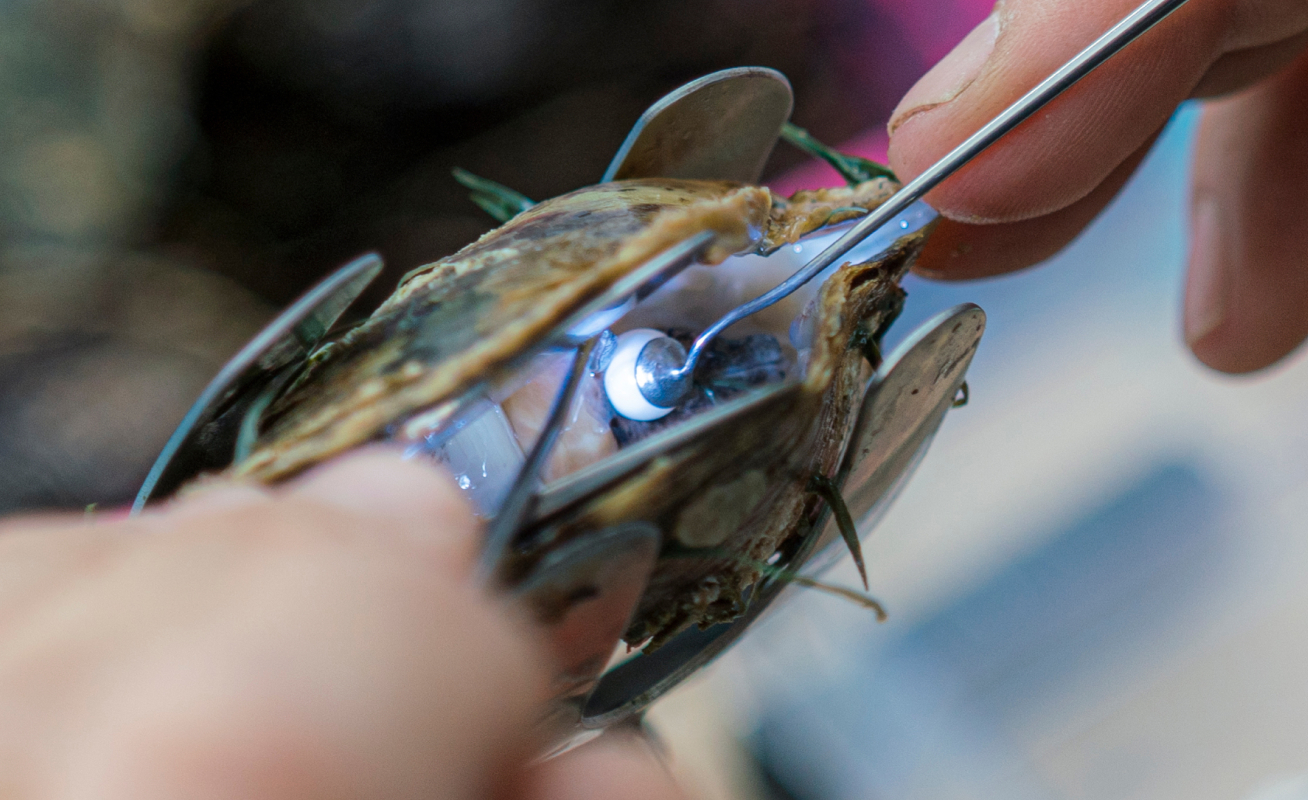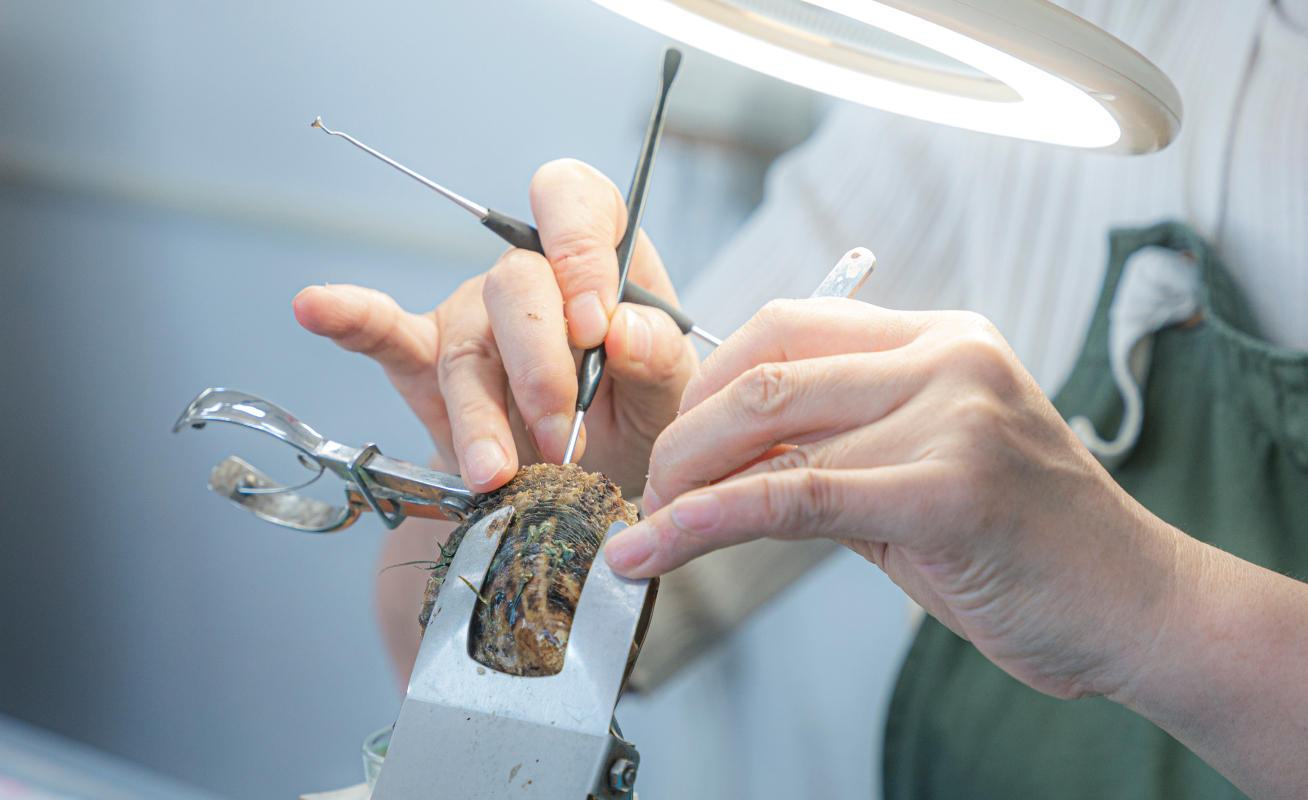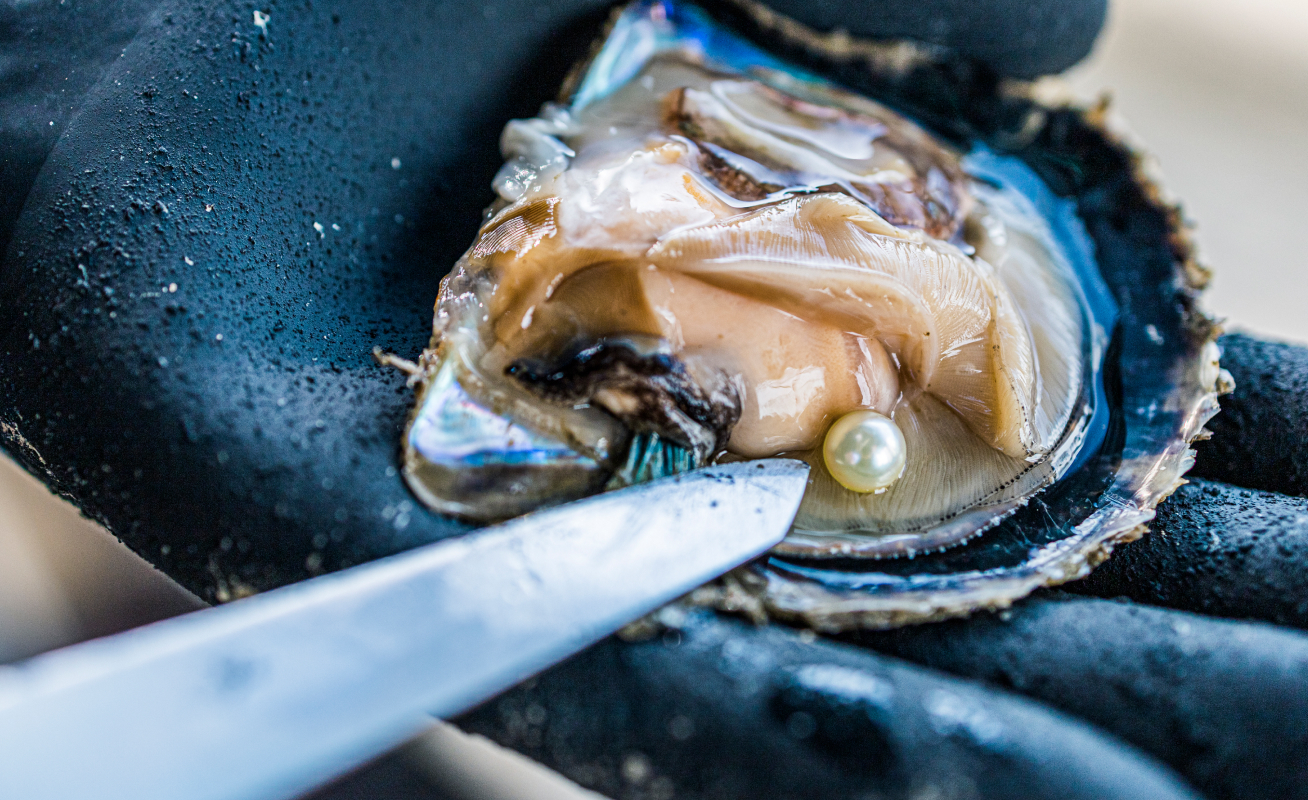Recent Posts
-
Gemstone Deep Dive: The Stone of Strength, Grounding & Vitality — Red Jasper and Our Red Jasper Gemstone Beads
Hello gemstone lovers and creative makers! Today, we’re exploring the vibrant, earthy beauty of Red …16th Nov 2025 -
Gemstone Deep Dive: The Stone of Clarity, Focus & Spiritual Alignment — Fluorite and Our Fluorite Gemstone Beads
Hello gemstone lovers and creative makers! Today, we’re diving into the mesmerizing world of Fluorit …7th Nov 2025 -
Gemstone Deep Dive: The Stone of Unconditional Love, Inner Peace & Spiritual Growth — Prehnite and Our Prehnite Gemstone Beads
Hello gemstone lovers and creative makers! Today, we’re journeying into the soothing green glow of P …1st Nov 2025



